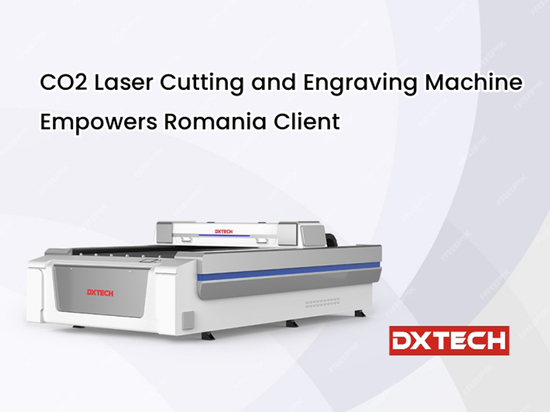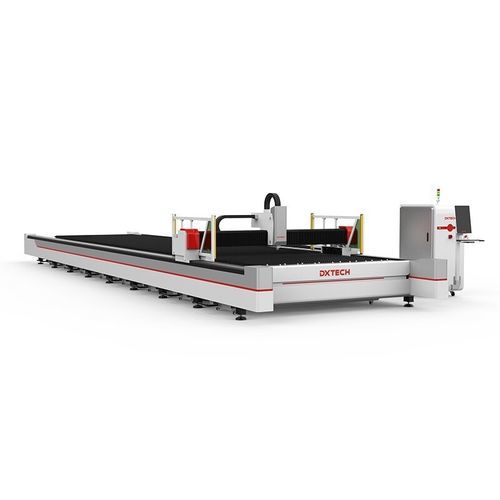
#Industry News
How to Choose the Auxiliary Gas
How to Choose the Auxiliary Gas Correctly for Fiber Laser Cutting Machine?
As a common processing method in modern manufacturing industry, laser cutting machine breaks the traditional processing method and is widely used in all walks of life with a new cutting method, especially fiber laser cutting machine, which has developed “rocket” in recent years.
Users who know about fiber laser cutting machines should know that auxiliary gas must be used in the cutting process, which is why many people are more concerned about the issue of “gas”.
So, today we will talk about why the fiber laser cutting machine needs to add auxiliary gas during the cutting process and how users can make good use of the auxiliary gas.
Why do you need to add auxiliary gas during processing
Before finding out how to choose the auxiliary gas, we must first understand why the auxiliary gas is used and the function of the auxiliary gas. After experience conclusion: In addition to blowing away the slag in the coaxial slit, the use of auxiliary gas can also cool the surface of the processed object, reduce the heat-affected zone, cool the focusing lens, and prevent smoke and dust from entering the lens holder to contaminate the lens and cause the lens to overheat; In addition, some cutting gases can also protect the base metal. The choice of gas pressure and type has a greater impact on the cutting process, and the type of auxiliary gas selected will have a certain impact on cutting performance, including cutting speed and cutting thickness.
Characteristics of auxiliary gas
The auxiliary gases that can be used by laser cutting machines mainly include air, nitrogen, oxygen and argon. Below we will introduce the uses and characteristics of different auxiliary gases.
1. Air
Air can be supplied directly by an air compressor, so the price is very cheap compared to other gases. Although the air contains about 20% oxygen, the cutting efficiency is far less than that of oxygen, and the cutting ability is similar to that of nitrogen. A small amount of oxide film will appear on the cut surface, but it can be used as a measure to prevent the coating layer from falling off. The end face of the incision is yellow.
The main applicable materials are aluminum, aluminum alloy, stainless copper, brass, electroplated steel plate, non-metal, etc. However, when the quality requirements of cutting products are high, aluminum, aluminum alloy, stainless steel, etc. are not suitable for air, because air will oxidize the base metal.
2. Nitrogen
Oxygen will form an oxide film on the cutting surface when some metals are cut, and nitrogen can be used to prevent oxidation-free cutting from the appearance of the oxide film. Therefore, it has the characteristics of direct welding and coating, and strong corrosion resistance. The end face of the incision is whitish.
The main applicable plates are stainless steel, electroplated steel plate, brass, aluminum, aluminum alloy, etc.
3. Oxygen
Mainly used for laser cutting carbon steel. While using the oxygen reaction heat to greatly improve the cutting efficiency, the oxide film produced will increase the beam spectral absorption factor of the reflective material. The end face of the incision is black or dark yellow.
It is mainly suitable for rolled steel, rolled steel for welding structure, carbon steel for mechanical structure, high tension plate, tool plate, stainless steel, electroplated steel plate, copper, copper alloy, etc.
4. Argon
Argon is an inert gas, which is used to prevent oxidation and nitriding in laser cutting, and is also used in welding. Compared with other processing gases, the price is high and the cost will increase accordingly. The end face of the incision is whitish.
The main applicable materials are titanium, titanium alloy and so on.





